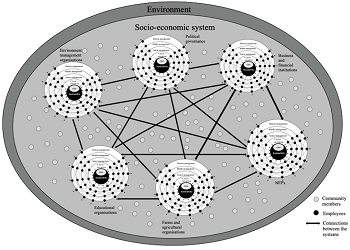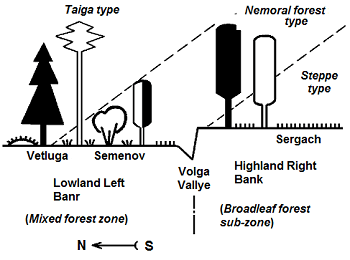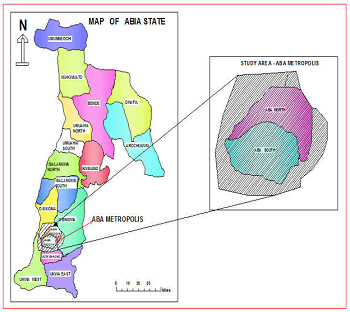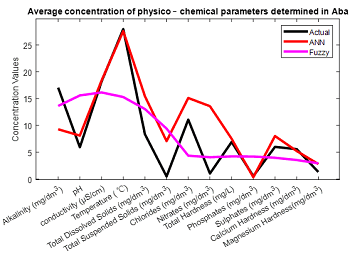Vol 7 No 1 (2025)
Research Article
Stellar Organisations Making a Quantum Leap to a Sustainable World
This article builds on social quantum theory and complexity theory, proposing key characteristics of stellar organisations that aim to foster a more sustainable world. The concept of stellar organisations draws an analogy with the solar system: individuals gravitate toward the organisation’s core, or "sun"--encompassing its vision, mission, purpose, culture, objective key results, and more. Driven by change, stellar organisations incorporate resilience to prepare for future needs and challenges. Empowering proactive individuals to pursue greater sustainability within these organisations can help trigger a global quantum leap toward a more sustainable world. The article discusses various worldviews and concludes that actions within stellar organisations may help predict the timeline required to achieve a more sustainable world.
The current global warming, which has been going on since the mid-70s of the last century, has been confirmed by numerous factual observations. A decrease in edaphic moisture should inevitably cause the replacement of forest-steppe vegetation by northern steppe vegetation, and the latter by dry steppe vegetation. At the same time, dark-gray forest soils and ordinary chernozems still remain in the position of northern relics during this short period. However, due to the increased humification of organic matter, the predominant type of humus changes from humate-fulvate to fulvate-humate. The successional trend in boreal phytocoenoses includes the replacement of oak and/or pine by spruce, with a decrease in forest density, as well as the nemoralization of the ground cover. On the Main Landscape Boundary of the Russian Plain, a three-dimensional local phytocoenotic ecotone is developing to a certain extent, with the strengthening of the boreal vegetation type in the tree layer and sub-boreal types in the undergrowth and ground cover. The increase in the range of inter-annual fluctuations in temperatures and precipitation over the last century indicates a clear increase in climate extremes. The frequency of extreme weather increases -- abnormally cold and abnormally warm, as well as excessively humid and extremely dry. All this contributes to the development of steppe ecosystems and has an extremely unfavorable effect on the state of oak groves, causing waves of their mass drying out even at the northern borders of their habitats. In general, on the territory of the Eastern European sub-continent, the “savannization” of mesophilic broad-leaved forests should begin, with their merging with a mosaic complex of sparse forests, meadows and steppes of the typical forest-steppe.
Seasonal Variations of Air Quality Measurements of Aba Metropolis and Suburbs Using MATLAB and ANN
Air pollution is a major life-threatening problem in industrialized and commercially vibrant cities like Aba metropolis and its suburbs in Abia State Nigeria. The study of selected air pollutants in these areas were performed using Matrix Laboratory (MATLAB) and Artificial Neural Networks (ANN) pollution models. Primary data was collected by conducting sampling analysis on air samples during dry and rainy seasons from 2024 and 2025. MATLAB and ANN pollution models were generated by integrating measurements and spatial databases using polynomial expressions. The MATLAB 7th degree linear regression polynomial described the relationship between dependent and independent variables for the pollutants. The correlation methods verified that most MATLAB models could accurately predict or forecast concentration levels. Also the Artificial Neural Network demonstrated tracking of the actual plots on MATLAB. The analysis of variance (ANOVA) was also deployed which showed p < 0.05 for carbon monoxide (CO), nitrogen dioxide (NO2), sulphur dioxide (SO2), and total particulate matter (TPM), indicating that, there was a significant impact by the seasons on the concentrations of all gaseous pollutants under study(i.e. seasonal variations of concentration was highly affected by the two seasons). ANN was able to track all gaseous pollutants represented by MATLAB successfully above 50%.
Prognostic landscape-ecological scenarios for the near future of the biosphere have been considered for the first time by taking a large region--the Volga River basin--as an example. The analysis was based on a method of regional landscape-ecological prognosis--developed by the author using discrete mathematics methods. Analytical and cartographic models of future landscape-ecological conditions (for 2050, 2075, and 2100) were obtained. The mechanisms of shifts in the mosaic structure of vegetation, soils, and landscapes have been revealed in the study area under different disturbance scenarios of the climatic system--scenarios anticipated in the foreseeable future (by the end of the 21st century). Forthcoming anthropogenic warming, accompanied by an excessive increase in surface runoff, will occur at the expense of a relative decrease in evapotranspiration, and particularly in groundwater flow. A progressively intensifying thermo-arid bioclimatic trend is predicted, with a general northward shift of zonal boundaries and corresponding changes in the soil water regime and vegetation cover structure. The prognostic models show the convergence of phytocoenoses into new zonal vegetation types.
This study conducts a thorough and multifaceted analysis of atmospheric particulate matter within the urban conglomerates of Aba and Umuahia, two prominent metropolitan areas in Abia State, Nigeria, both undergoing significant industrial and economic growth. Leveraging on advanced artificial neural network (ANN) and fuzzy logic framework, rainwater samples were meticulously collected from strategically located rain gauge stations, positioned at an optimal elevation of three meters over a carefully designed ten-week sampling period. These rainwater samples were employed to accurately quantify particulate matter concentrations, enabling the assessment of spatial and temporal variations, along with the broader atmospheric deposition dynamics. Results revealed considerable disparities in particulate concentrations, with Aba displaying significantly higher levels than Umuahia, likely attributable to heightened anthropogenic sources such as industrial emissions, vehicular exhaust, and urban activities. The mean particulate concentrations were also computed for both locations, yielding deeper insights into regional atmospheric chemistry. Furthermore, graphical analysis demonstrated an inverse relationship between rainfall frequency and particulate loading, corroborating the hypothesis of precipitation-induced atmospheric cleansing. The effectiveness of ANN based and fuzzy logic environmental models are further validated, underscoring their critical role in forecasting pollutant dispersion and facilitating sustainable urban air quality management policies.



 Nina Zupančič
Nina Zupančič




